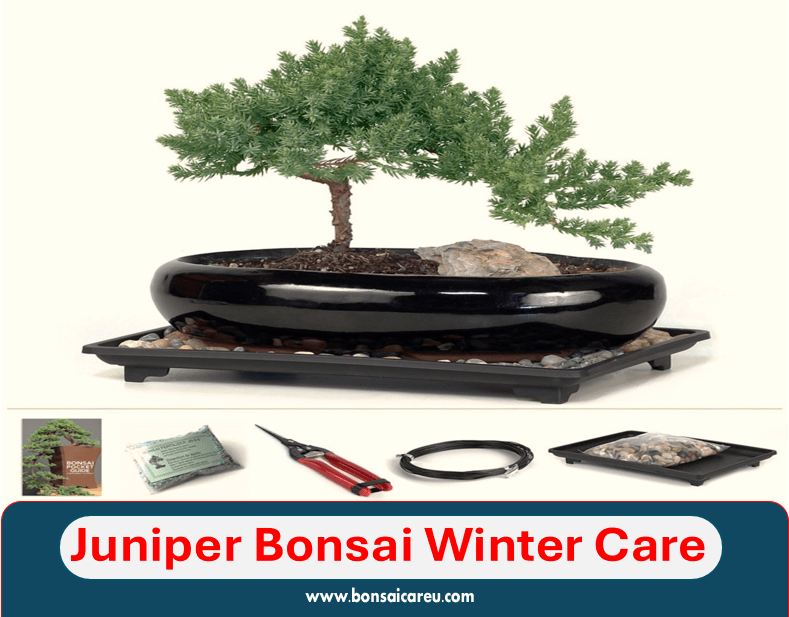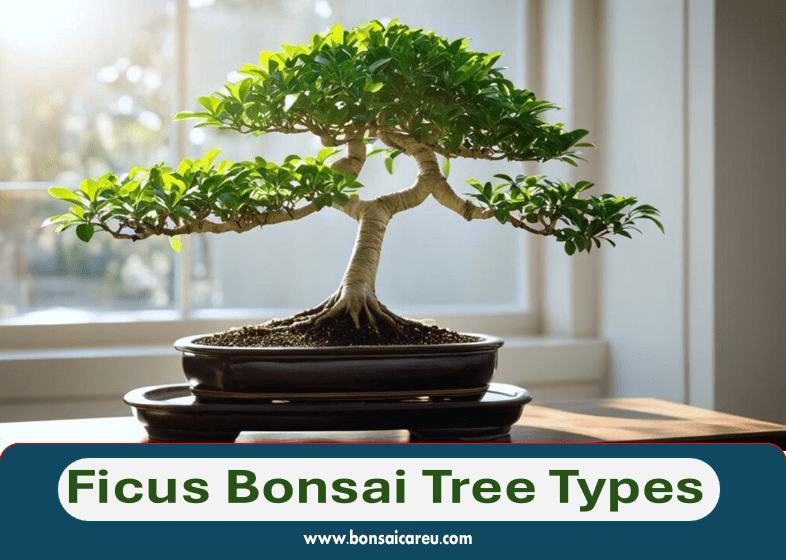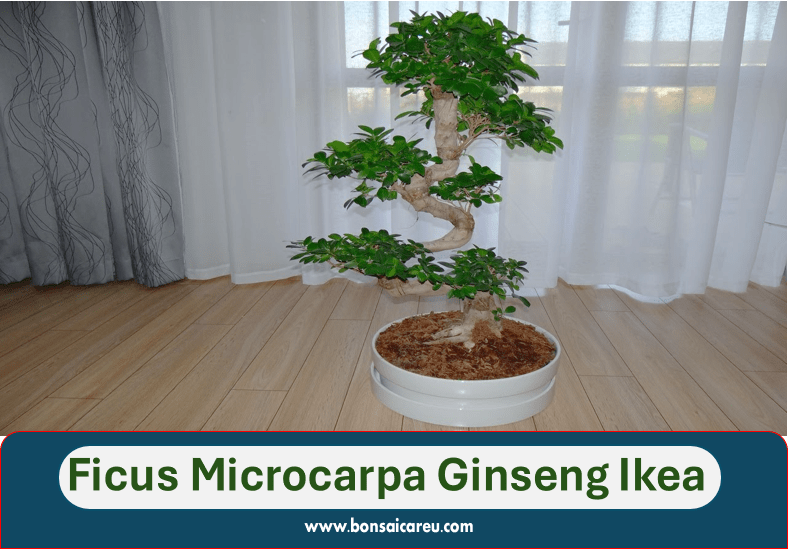How to Make Bonsai Soil at Home: To make bonsai soil at home, combine perlite, horticultural grit, pine bark, compost, and Itoigawa Juniper. These components create a balanced blend for your bonsai plants, ensuring proper aeration and drainage while retaining moisture.
Mixing equal parts of these materials will provide the ideal soil composition for your bonsai trees. Additionally, commercially available potting soil or compost can be a suitable alternative if the specific components are not readily available. Following this simple recipe, you can create a custom bonsai soil mix that will promote your cherished bonsai trees’ healthy growth and development.

Basic Components Of Bonsai Soil
Bonsai soil is crucial to the successful cultivation of these miniature trees. The basic components of bonsai soil include perlite, horticultural grit, pine bark, and compost. Each plays a vital role in creating a well-draining, nutrient-rich environment for bonsai trees to thrive.
Perlite
Perlite is a lightweight, porous material that helps improve aeration and drainage in bonsai soil. Its ability to retain some moisture while allowing excess water to drain away makes it essential to creating a balanced growing medium for bonsai trees.
Horticultural Grit
Horticultural grit, also known as coarse sand or grit, aids in improving the drainage and stability of bonsai soil. It prevents compaction, enhances aeration, and provides structural support to the soil, promoting healthy root development.
Pine Bark
Pine bark is a valuable component in bonsai soil due to its ability to retain moisture while also contributing to the overall structure and texture of the soil. It helps create a well-balanced environment by retaining adequate moisture without impeding drainage.
Compost
Compost is essential for enriching the bonsai soil with organic matter and nutrients. It enhances the soil’s fertility, promotes microbial activity, and provides the necessary elements for the healthy growth of bonsai trees.
Popular Bonsai Soil Mixtures
Growing and maintaining a healthy bonsai tree requires the right soil mixture. Understanding the popular bonsai soil mixtures allows you to create a suitable environment for your bonsai to thrive. Let’s explore some of the widely used mixtures for bonsai soil:
Akadama Mix
The Akadama mix is a widely favored choice among bonsai enthusiasts. It consists of Akadama soil, a type of volcanic clay found in Japan. This soil provides excellent drainage and aeration, promoting healthy root growth and preventing waterlogging.
Organic Potting Compost Blend
An organic potting compost blend is essential for providing nutrients to your bonsai tree. This mixture typically includes organic potting compost, such as peat moss, coconut coir, and pine bark, ensuring a rich and fertile environment for the bonsai’s roots.
Fine Gravel Grit Mix
The fine gravel grit mix is designed to enhance drainage and stability within the soil. It incorporates fine gravel grit, such as crushed granite or shale, which aids in preventing compaction and improving aeration.
Diy Bonsai Soil Recipes
Learn how to create your DIY bonsai soil with our easy recipes. We’ve covered you, from basic components like perlite and horticultural grit to the best soil mix for bonsai plants. Enjoy the process of making your own bonsai soil at home and give your bonsai trees the perfect growing medium.
Compost-perlite-clay Mix
Bonsai enthusiasts often prefer to create their soil mixes to ensure the perfect blend for their miniature trees. A popular DIY option combines compost, perlite, and clay. The following recipes offer variations for creating bonsai soil at home.
Equal Parts Compost-perlite-clay Mix
Equal parts of compost, perlite, and clay create a well-balanced, nutrient-rich bonsai soil mix. This combination provides the necessary drainage and aeration for the healthy growth of bonsai trees.
Compost-sifted Potting Soil Mix
Another effective bonsai soil recipe involves combining compost with sifted potting soil. This mixture offers the ideal balance of organic matter and essential nutrients, promoting the overall health of bonsai trees.
When creating your bonsai soil, it’s crucial to consider the specific requirements of your bonsai tree species. Different trees may thrive with slightly different soil compositions, so experimentation is key to finding the perfect mix for your unique bonsai collection.

Alternative Soil Options For Bonsai Trees
When it comes to growing healthy and thriving bonsai trees, the soil used plays a crucial role. Using the right soil mixture ensures proper aeration, drainage, and nutrient retention, which are essential for the well-being of bonsai trees. Here are some alternative soil options that you can consider for your bonsai trees:
Peat Compost
Peat compost is a popular component in bonsai soil mixtures because it retains moisture and provides a stable environment for root development. It is rich in organic matter and helps maintain the moisture levels bonsai trees require.
Molar Clay
Molar clay, also known as diatomaceous earth, is a valuable addition to bonsai soil as it enhances drainage and aeration. Its porous nature allows excess water to drain effectively while preventing the soil from becoming waterlogged, thus promoting healthy root growth.
Commercially Available Potting Soil
Commercially available potting soil can be used as an alternative for bonsai soil, especially if specific components like peat compost and molar clay are not readily accessible. However, it is important to ensure that the potting soil is well-draining and does not retain excessive moisture, which can harm bonsai trees.
While these alternative soil options can be effective, it’s crucial to tailor the soil mixture according to the specific needs of the bonsai species you are cultivating. Experiment with different combinations to find the ideal soil mixture that supports the health and vigor of your bonsai trees.
Tips And Tricks For Making Bonsai Soil At Home
Creating the perfect bonsai soil at home is essential for the health and growth of your bonsai trees. By understanding the environment study for soil mix, choosing the right components, and mastering the mixing and blending techniques, you can ensure your bonsai thrives in optimal soil conditions.
Environment Study For Soil Mix
Before making bonsai soil at home, consider the environment where your bonsai trees will be placed. Understanding factors such as humidity levels, temperature, and the specific needs of your bonsai species will help you tailor the soil mix to suit their requirements.
Choosing The Right Components
- Akadama: Provides aeration and moisture retention.
- Pumice: Enhances drainage and prevents compaction.
- Lava Rock: Adds stability and aids in root development.
- Organic Potting Compost: Supplies essential nutrients for growth.
- Fine Gravel (Grit): Improves soil structure and drainage.
Mixing And Blending Techniques
When mixing your bonsai soil, ensure a balanced combination of the selected components to promote healthy root development. Use a sieve to remove fine particles and achieve the desired texture. Blend the components thoroughly to create a homogeneous soil mix that provides the ideal conditions for your bonsai trees to flourish.

Frequently Asked Questions For How to Make Bonsai Soil at Home
What Is The Best Soil Mix For Bonsai Plants?
The best soil mix for bonsai plants should have a high cation exchange capacity for holding nutrients. Clay is commonly used to achieve this but can break down quickly. A mixture of organic potting compost, Akadama, pumice, lava rock, and fine gravel is recommended.
When repotting, use a bonsai soil potting medium for improved aeration, drainage, and moisture retention. Avoid using pure peat compost, as it does not provide adequate nutrients.
What Is The Alternative Soil For Bonsai Trees?
An alternative soil for Bonsai trees is a mix of perlite, horticultural grit, pine bark, and compost.
Do I Need Special Soil To Repot Bonsai?
Use a special bonsai soil mix with wood fiber and coir for repotting bonsai. This blend enhances aeration, drainage, and moisture retention for optimal growth.
What Is Required For Bonsai Soil?
For bonsai soil, use components like perlite, horticultural grit, pine bark, compost, and clay for good drainage and aeration.
What Is The Best Soil Mix For Bonsai Plants?
A good soil mix should be well-draining and provide good aeration. A mix of akadama, pumice, and lava rock is commonly used.
What Kind Of Soil Should I Use For My Bonsai?
Bonsai soil should be well-draining, provide good aeration, and retain moisture. A mix of akadama, pumice, and lava rock is commonly used.
Conclusion
Creating bonsai soil at home is a rewarding and cost-effective endeavor. By following the right mix of components, such as perlite, pine bark, and compost, you can ensure the health and growth of your bonsai plants. Experiment with different blends to find the best for your bonsai species.


